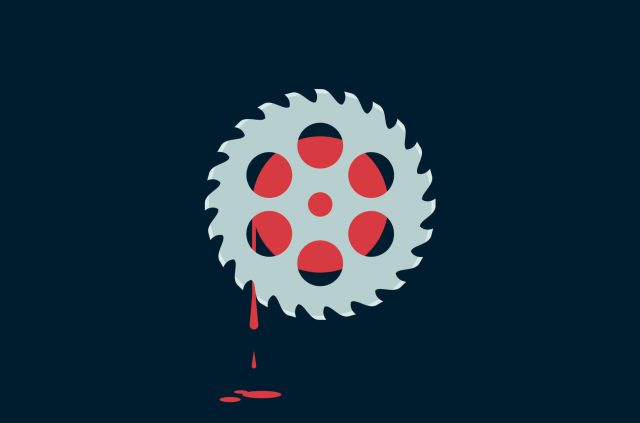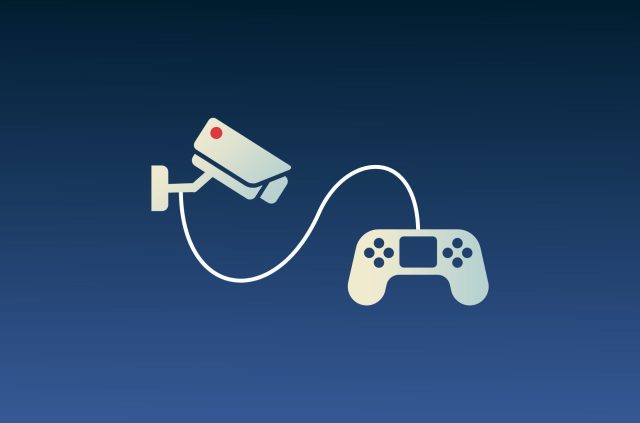
With the premiere of The Last of Us on HBO Max being released on Sunday, January 15, we’ve put together a breakdown of all the different types of zombies you’ll possibly see in the series.
Based on the critically acclaimed video game of the same name, The Last of Us follows Joel (Pedro Pascal) and Ellie (Bella Ramsay) in their quest to survive as they journey across a post-pandemic America. The story begins 20 years after a cordyceps fungus has spread and infected 60% of the world’s population.
Looking to enhance your online gaming experience? A gaming VPN could help lower ping and minimize lag.
There are a few ways to become infected, which include:
- Being bitten by an infected person
- Inhalation of cordyceps spores (although this may change in the TV series)
Once a person becomes infected, the time to full infection depends on where a wound is located on their body:
- Head, neck, and face: 5-15 minutes
- Torso, arm, shoulder, and hand: 2-8 hours
- Leg and foot: 12-24 hours
To clarify, we know the word “zombie” isn’t used in any of The Last of Us games. The term “zombie” is used to denote a reanimated corpse. Instead, the name “Infected” is used across the franchise. This is either because:
- The concept of a zombie doesn’t exist in that universe (like in The Walking Dead), or
- The enemies aren’t actually dead, but rather…infected
That said, we don’t yet know in what ways the show will differ from the video game and if the infected will be depicted in the same ways. But here is how they are delineated in the video game.
‘The Last of Us’ zombies types
Which type of zombie or “infected” someone is has to do with the length of time they’ve been infected and how they were infected. They can be broken down into the following types, listed in order of how advanced the infection is:
Runner
Stage of infection: 1st
Duration of infection: 2 days to 2 weeks
How to avoid: Do not let them swarm you
How to defeat: Sneak attacks or repeated mêlée attacks/blunt force
The earliest and weakest stage of the infected, runners are the most human-like in appearance. Runners are characterized by their hunched posture, thinning hair, and pale and lesioned skin. During this stage of infection, people quickly develop hyper-aggressive tendencies and also begin to lose their eyesight. Runners are extremely fast and tend to swarm their targets in packs.
Stalker
Stage of infection: 2nd
Duration of infection: 2 weeks to 1 year
How to avoid: Be wary of your surroundings
How to defeat: Maintain distance either by running/hiding or using mêlée weapons
Stalkers retain the speed of runners but with slightly diminished vision. At this stage of infection, fungal growths begin pushing out of their heads, often leaving them with a single eye. Stalkers are known to hide and wait in their surroundings for unsuspecting victims to approach before ambushing them. Stalkers have a rudimentary echo-location ability.
Clicker
Stage of infection: 3rd
Duration of infection: 1 year or longer
How to avoid: Keep your distance
How to defeat: Use mêlée weapons or guns
During this stage of infection, subjects completely lose their vision and rely solely on echo-location as a means for navigation—characterized by a clicking noise they emit. Unlike runners and stalkers, clickers appear less human in appearance.
At this stage, the fungal growths have spread across their bodies, leaving their clothes in tatters. The growths have also overtaken their faces to provide a strong plate of armor that protects their brains from attacks.
Bloater
Stage of infection: 4th
Duration of infection: Several years
How to avoid: Keep your distance. If they grab you, death is certain.
How to defeat: Use a shotgun to maintain a distance. Then, use fire—either via Molotov cocktails or a flamethrower.
Bloaters are a rare but dangerous stage of infection. At this stage, the fungal growths have spread across their bodies—like clickers—but have completely done away with their clothing. The external fungal growths are now so thick and strong that they can withstand attacks from large guns and mêlée weapons. Bloaters are aggressive but slow and predictable.
Bloater’s bodies are also covered in mycotoxin pouches which they throw at their targets. These pouches will then explode on impact, spraying a deadly cloud of toxins.
Shambler
Stage of infection: 4th
Duration of infection: Several years
How to avoid: Keep your distance
How to defeat: Same as bloaters. Mines and pipe bombs also work well.
Shamblers are a variant of bloaters, and similar in appearance and ability, but with the main difference being that they are found in locations with high exposure to water. Further, shamblers can spray acid when they get close to their targets.
Rat king
Stage of infection: Possible 5th
Duration of infection: Several decades
How to avoid: Do not engage unless absolutely necessary
How to defeat: Save all of your fire power for combat with a rat king. Run as much as possible to maintain a comfortable distance.
An ultra-rare and anomalous evolution of the infected, rat kings are monstrous masses of conjoined stalkers, clickers, and bloaters. They are extremely strong and dangerous. If a rat king sustains enough damage, an individual infected can detach themselves from the larger connected mass.
Read more: Flowchart: What should you stream on Halloween?
FAQ: The Last of Us
What is the plague in ‘The Last of Us’?
What is the strongest zombie in ‘The Last of Us’?
How did people get infected in ‘The Last of Us’?
- Being bitten by an infected person
- Inhalation of cordyceps spores
Take the first step to protect yourself online. Try ExpressVPN risk-free.
Get ExpressVPN



















